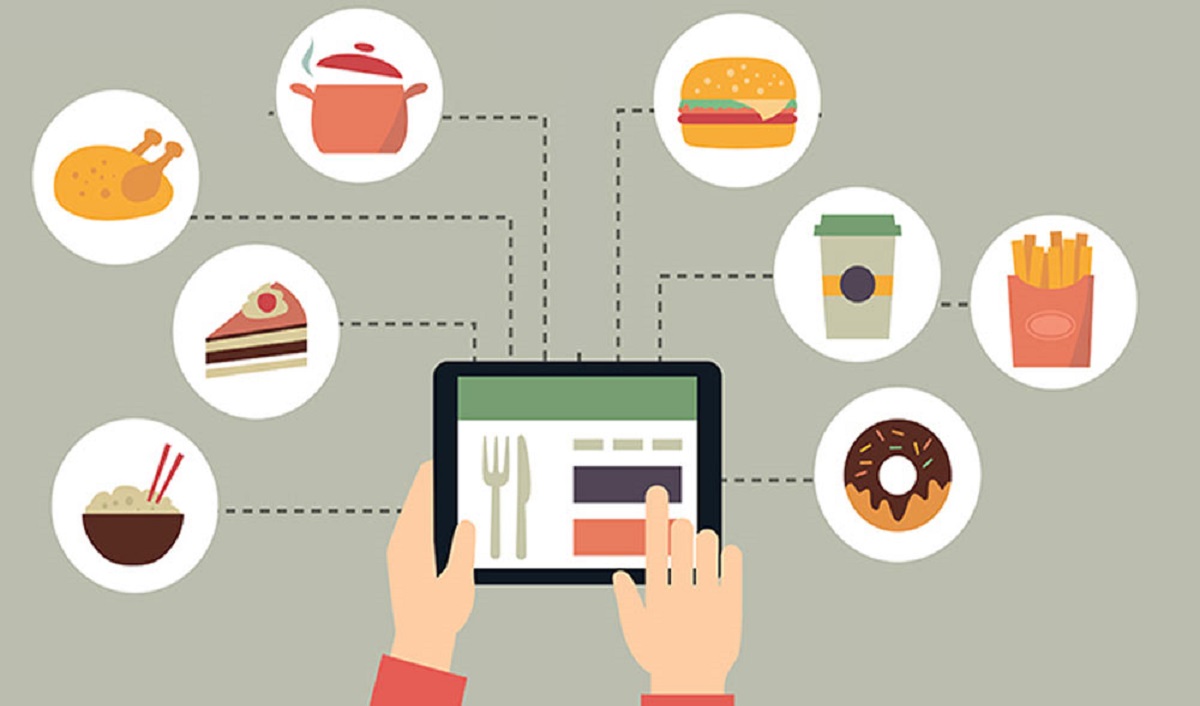
Technology is omnipresent. It has left its footprints in almost all spheres of global industry. The F&B industry is no different. It has incorporated technology to drive through all the roadblocks created by Covid-19.
Technology is like a wand that has done magic for the F&B industry. It has saved so many small restaurants from shutting down amid the pandemic. It helped restaurant owners enhance the convenience of customers while combating the Covid protocols.
Tech is revolutionizing food and beverage as the COVID-19 crisis accelerates the pace of robotics and AI. Computers help manage supply chains and reduce waste, and help restaurants to control costs, order inventory, and stock shelves. It has elevated the efficiency of restaurants to many folds. Let’s talk about technology-driven new terms that have changed how the F&B industry has been working for years. They have changed the face of the industry for good. Let’s dive and explore these terms.
RFID: Radio frequency identification (RFID) has become the dominant force with the technology finally approaching mass adoption after years of threatening to. The technology involves tags or “labels” that emit a small radio frequency, allowing radio stock counts that are both highly accurate and incredibly fast compared to traditional methods. The result of this is a very up to date, or even real-time, view of the stock. The main use cases responsible for the technology’s success include the increased process efficiency, superior inventory management and the enablement of seamless omnichannel services.
RFID ensures:
● Optimum inventory management
● Reduced food waste
● Transparency in the supply chain
Cloud kitchen: Cloud kitchen is a delivery-only restaurant that has no physical space for dine-in. It relies entirely on online orders placed through online food aggregators or an online ordering-enabled website or mobile app. It has enabled restaurants to offer their customers delicious meals without worrying about the budget as these kitchens don’t require infrastructure and sitting furniture. The food will be prepared in the kitchen and will be delivered at customers' doorsteps or they can opt for the ‘take-away’ option.
Robotics: Rising coupled with skyrocketing rents and huge issues with more tedious, repetitive restaurant tasks and eliminating the labor crisis will help curb the spread of the deadly virus. Robotics usage also extends beyond just in-house operations for food companies. Ghost and virtual kitchen companies are also leaning into using robots to deliver food to customers.
Artificial Intelligence: Restaurants are now turning to artificial intelligence and machine learning to help optimise their processes and manage their operations. AI has snuck into all aspects of the modern restaurant from sales, to delivery, to inventory management and more. The secret behind artificial intelligence is that it is constantly learning (hence ‘machine learning’). When you give the machine lots of data points, it can draw patterns and easily predict what may occur the next time something similar will happen. Because of that, restaurateurs can use AI to track food trends and see what consumers want right now. Consumer driven food & beverage companies are facing significantly reduced consumption as well as disrupted supply chains. At-home consumption has increased, but out-of-home consumption which historically generates the highest margin has come to nearly a standstill. There may be long-term changes in behaviour and demand. There has been an astronomical shift in the paradigm when it comes to the demand of customers. ‘Contactless’ is the new hashtag. It has become a necessity for consumers and this has been the reason behind the tremendous surge in popularity of contactless dining technology. Contactless technology is a by-product of all the advanced technologies that have emerged as a solace for the food industry post-Covid. It helped the industry in coping with the hustle and bustle created owing to the pandemic. This contactless technology serves numerous purposes and holds many benefits for the food and beverages industry, such as,
● Reduce cost
● Streamlined the ordering process
● Better allocations of labour resources
● Liberty to go cashless
● Enabled contactless seating
In the post-Covid era, people are still sceptical about stepping out, touching unsanitized stuff or currency notes. It won’t be wrong to say that we are living in the era of contactless technology. Technology which was once considered ‘good-to-have’ has now become ‘must-have'. Customers are aware of the fact that any mistake at this point of time can toss all the efforts in the air.
Copyright © 2009 - 2024 Restaurant India.









